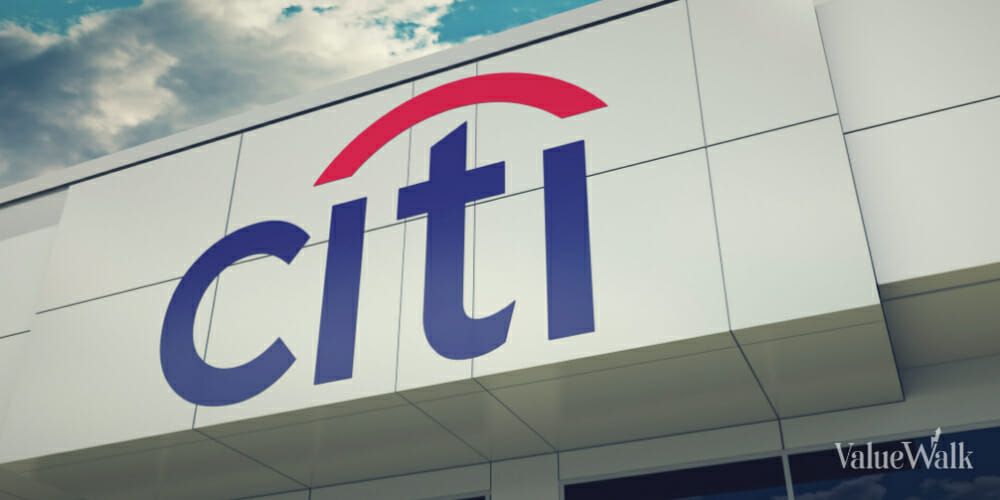Inflation has become a serious issue thanks to the COVID-19 pandemic, causing the prices of goods, especially those we use daily, to shoot skywards. For example, the cost of energy increased almost 30% while gasoline jumped 50%. The price of food increased by more than 6% as well, which means an average American household pays $24 more each month to have food on the table.
Q4 2021 hedge fund letters, conferences and more
Real Estate As A Hedge Against Inflation
People such as investors protect themselves from rising prices by using real estate as a hedge against inflation. This is helpful because property values rise with inflation which means rental income also increases. However, inflation has shown to be unfavorable for soon-to-be homeowners due to the underbuilding gap the U.S. is currently facing. The gap between the rate houses are becoming available on the market versus population growth in particular has reached 5.5 million as the past two years show the highest levels of house sales since 2006.
The COVID-19 pandemic was a major driver of inflation rates thanks to the supply chain blockage it caused through shutdowns around the world. As a result, 2021 saw the lowest levels of inventory, especially for the housing industry. In fact, home inventories were only able to supply a little over four months worth of sales compared to the almost six months worth of sales home inventories before the pandemic were able to provide.
The growing prices of construction material as well as supply shortages have negatively impacted the housing/real estate industry. Because building materials can affect up to 60% of the total construction cost, increasing prices of materials like iron and steel means building new structures will be an expensive feat. The added tariffs and quotas on metals as well as wavering agreements with Canada makes the construction process even more difficult.
The Ill-Balanced Supply And Demand
Several factors have resulted in the ill-balanced supply and demand that is contributing to the major inflation we are facing today. One factor is the growing number of consumers spending more money on goods instead of services due to the influence of the pandemic. This behavior is further boosted by the distribution of stimulus checks. As such, inflation for commodities and services reached 8.4% and 3.2% respectively by October 2021.
Inflation is expected to have long-lasting effects on our economy. This includes interest rates being raised as well as demand and building costs remaining high. Home sales and appreciation are predicted to grow, which make this a great opportunity to invest in real estate such as commercial real estate and trusts and gain returns from income and appreciation of the asset.
Now that inflation has become a serious reality, how will you hedge against inflation?
Infographic source: LuxurySoCalRealty














